Despite many companies and drivers claim they provide the best and safest wheelchair transport service, we find out many do not follow simple rules of safety and physics. We shall highlight the common mistakes made during the precheck and operating the hydraulic wheelchair lift which we witness during our trips to nursing homes, hospitals, and dialysis centers.
1. Fail to check if the wheelchair user put on a seat belt
Meanwhile, we are able to secure the wheelchair onto the ground, we need to ensure the wheelchair user is secured and not to be thrown forward in an event of an emergency brake. It is never OK not to wear a seat belt.
Modern wheelchairs usually come with a seat belt with a bucket, and it is sufficient to pull the user back. Otherwise, you may buy a wheelchair restraint belt from any online shopping platform and it costs less than $20.
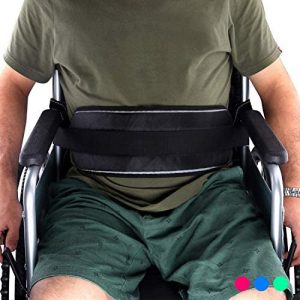
Many nursing homes and daycare centers drivers always fail to ensure their wheelchair passengers wear the wheelchair seat belt despite having it on the wheelchair.
2. Fail to lock the wheelchair while it is on the lifting plaform
It is a common mistake made by the drivers or their bus assistants to just hold onto the handles while the wheelchair is on the platform, without applying the wheel lock. With the additional wheel-locks, it provides additional brakes in an event, for some reasons, the handler releases his gripe.
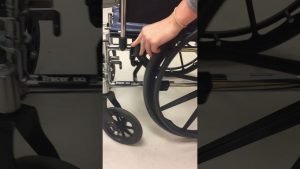
3. Standing on the lift platform
The hydraulic lift is solely designed to lift the weight of one wheelchair and its user. With the driver or bus attendant standing at the edge of the platform, it adds additional pressure on the hydraulic lift and may shorten the useful life span.
Not to mention, the handler's first instinct, if falls from the platform, is to grab onto anything near him and in this case, it is the wheelchair. Both the wheelchair, likely not lock due to bad practices, and the handler will fall from the platform. This is preventable when no one is allowed to stand on the platform.
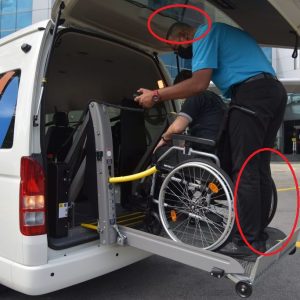
4. Hook on the wrong part of the wheelchair
The wheelchair restraint/locking system shall be applied on the mainframe of the wheelchair, not any breakable or detachable part such as the wheel, leg rest, armrest. We have witnessed many drivers just conveniently apply the hooks on the detachable armrest or the leg rest.
The hooks shall also be positioned as low as possible to create a low center of mass to further minimize the impact of any emergency brake or accident.
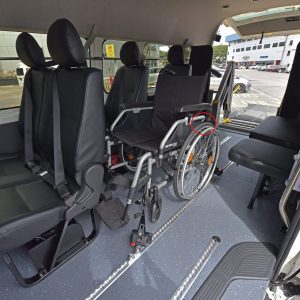
5. Fail to reject transfer chair
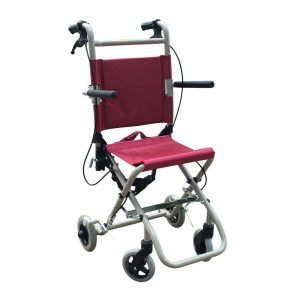
A transfer chair is meant for home / indoor (smooth surface) usage, it is never meant for outdoor usage. The small frame, with four wheels touching the surface, means it has a high center of gravity which is prone to losing its balance when traveling on an uneven surface.
Transfer chair is not safe inside a moving vehicle, despite having four restraint systems hooking on it as it can never provide the stability of a proper wheelchair.
